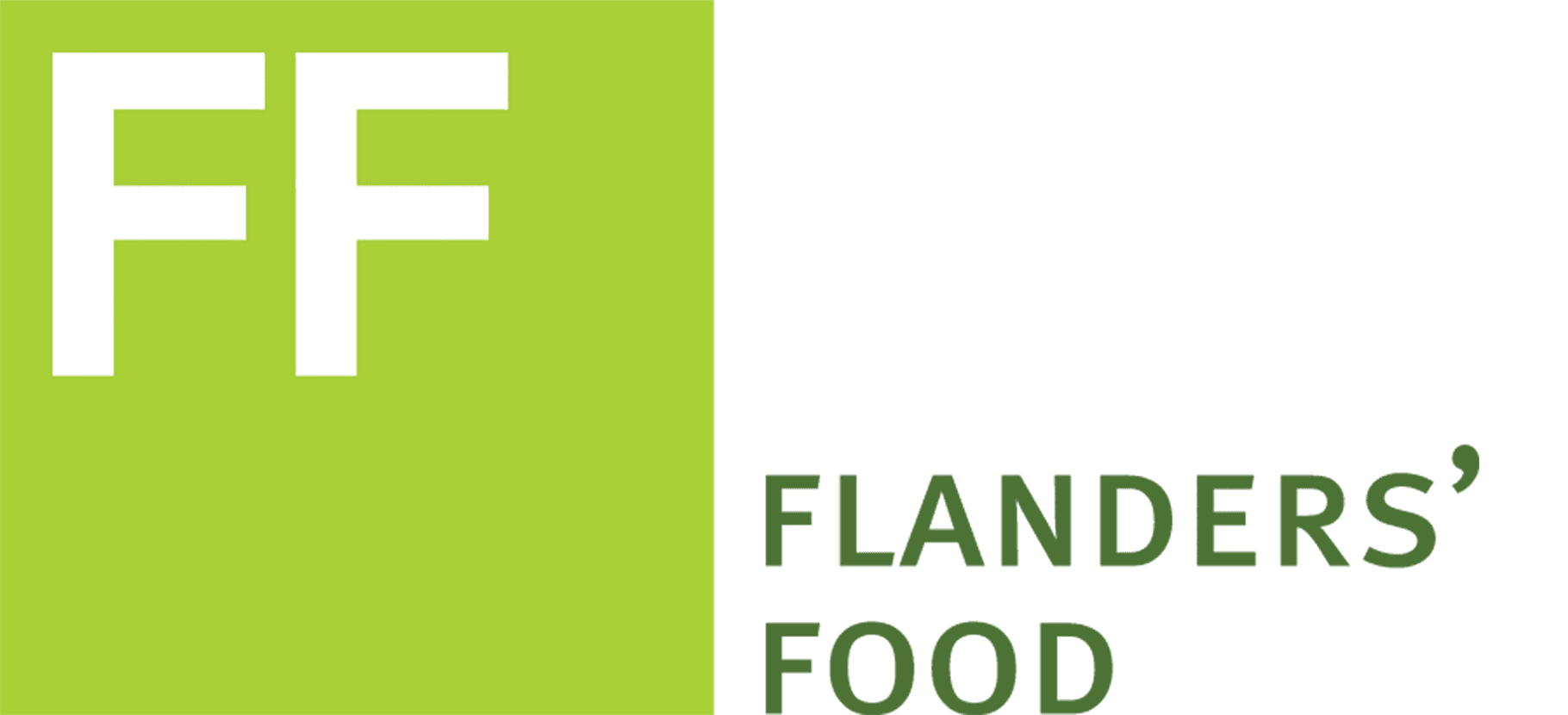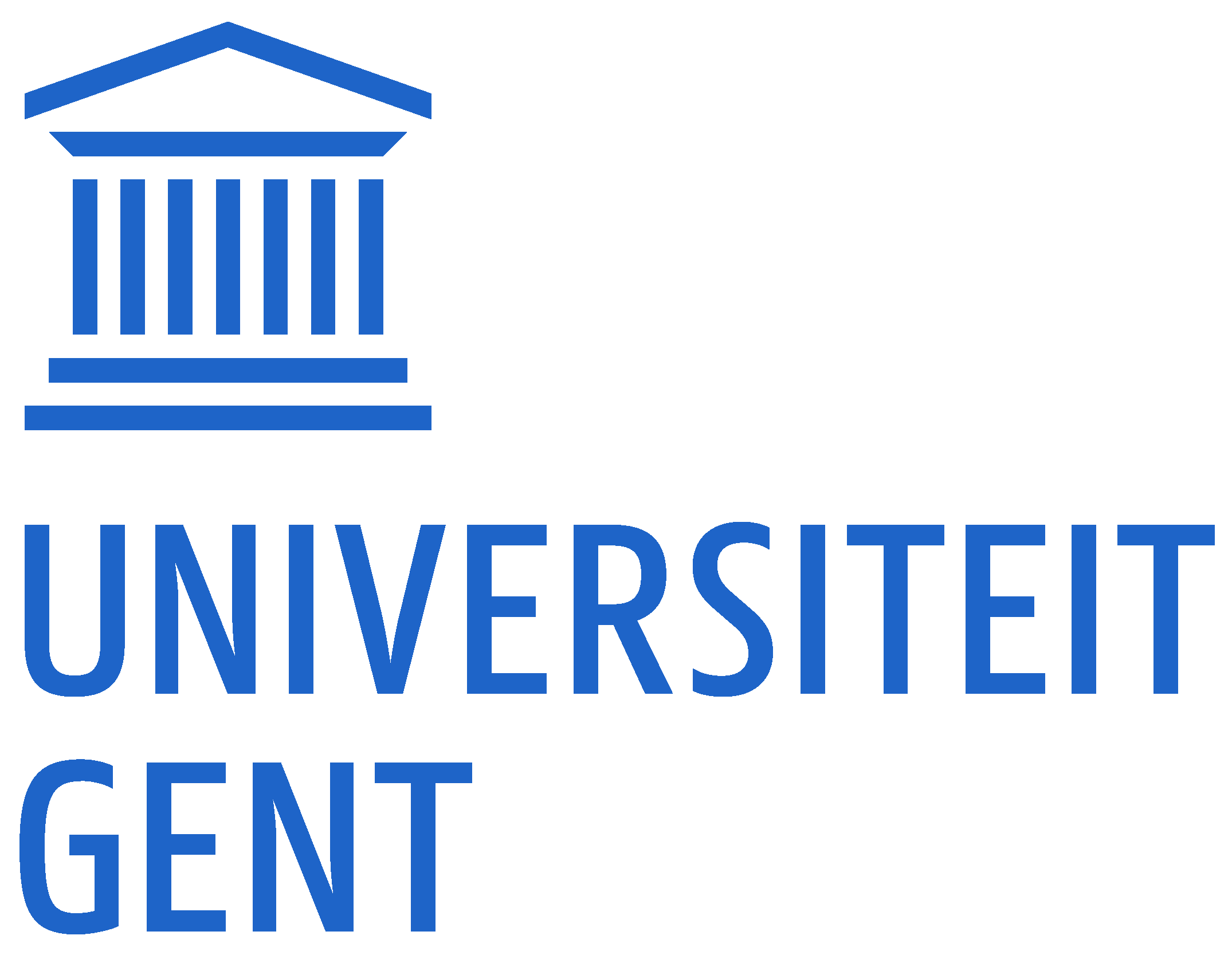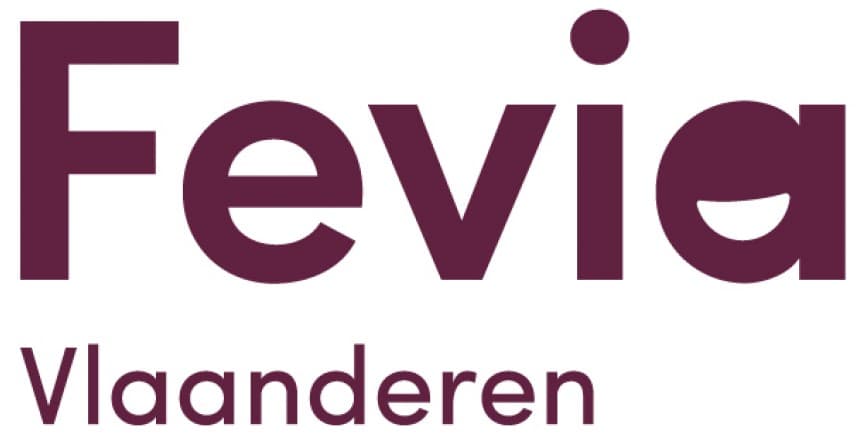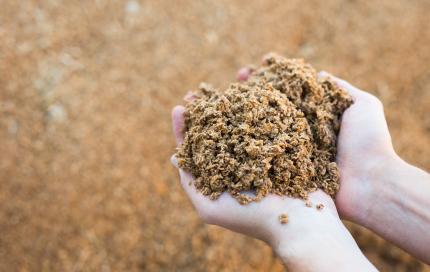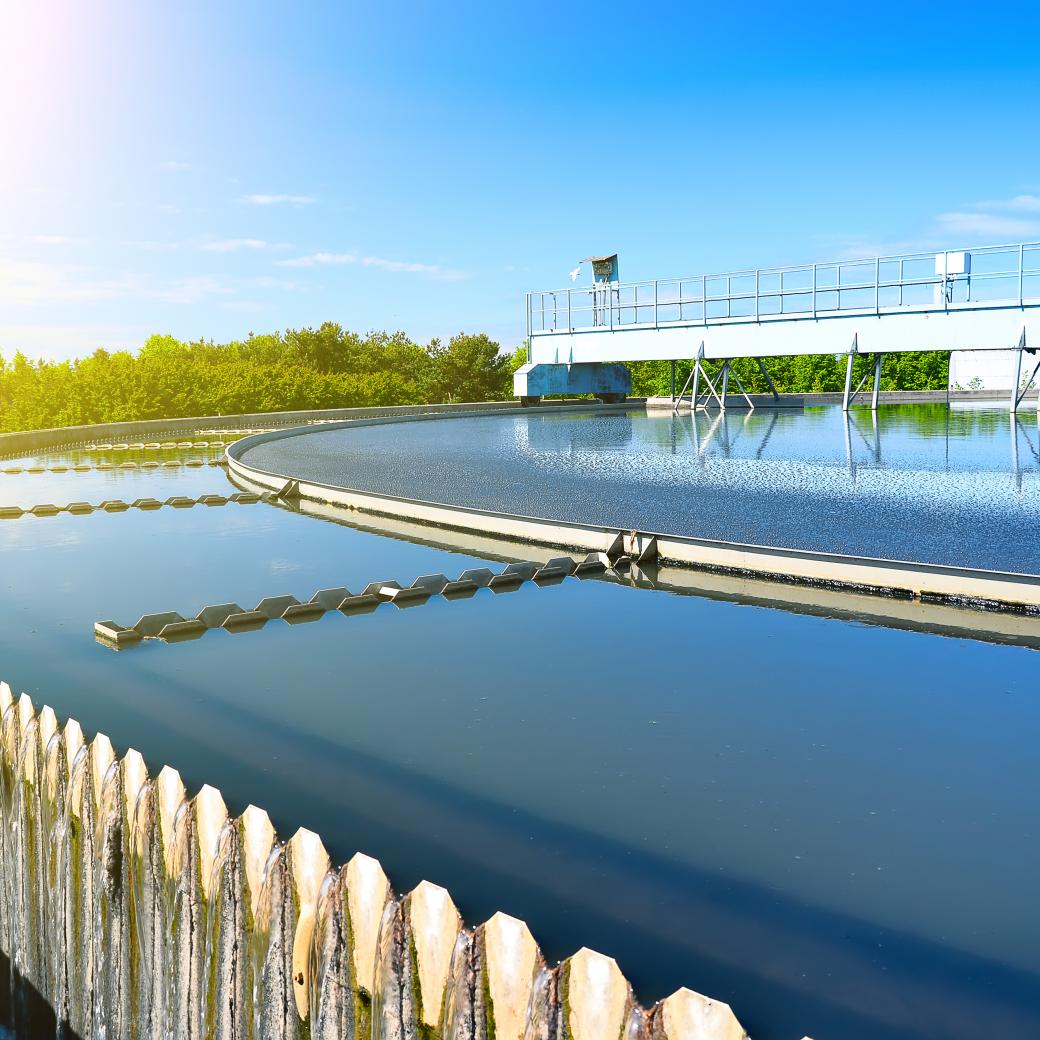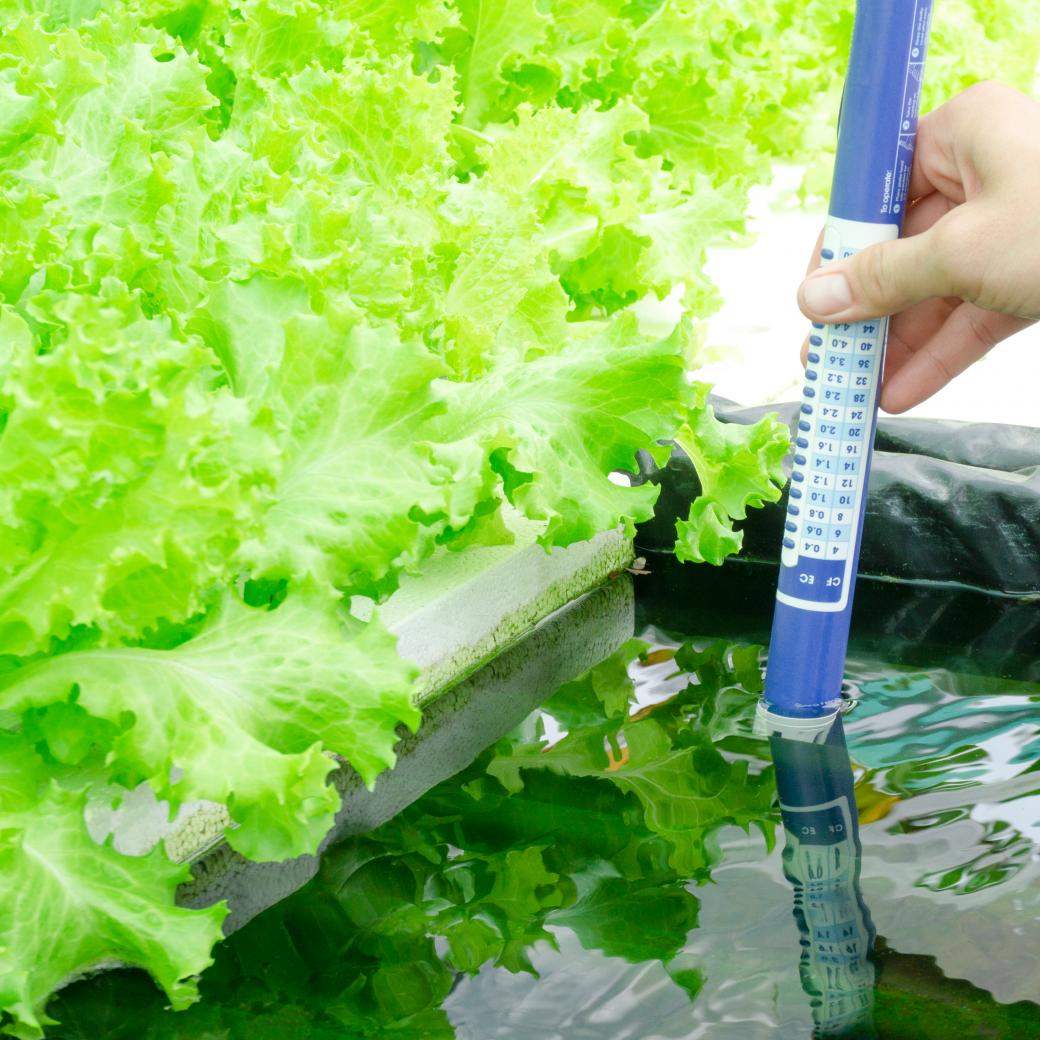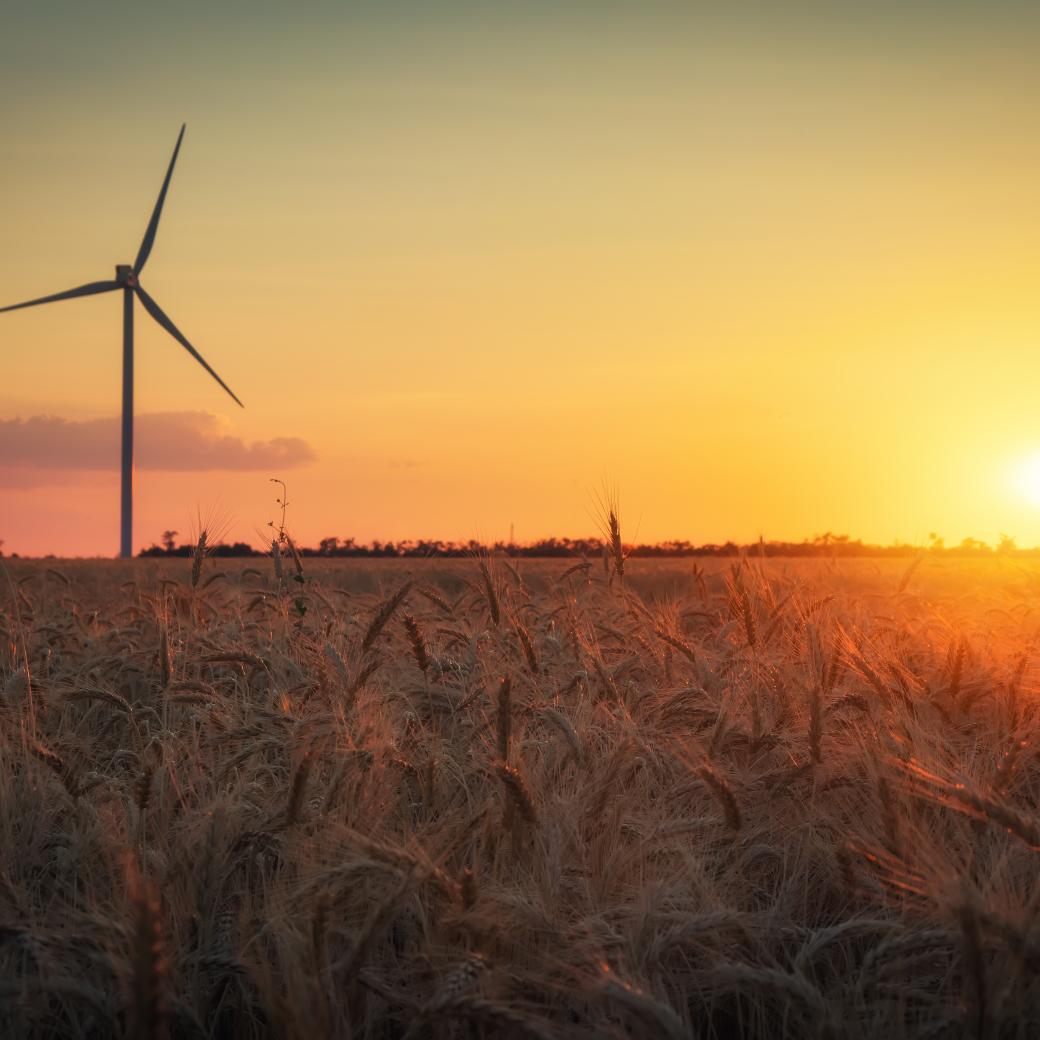Smart WaterUse
With support of:


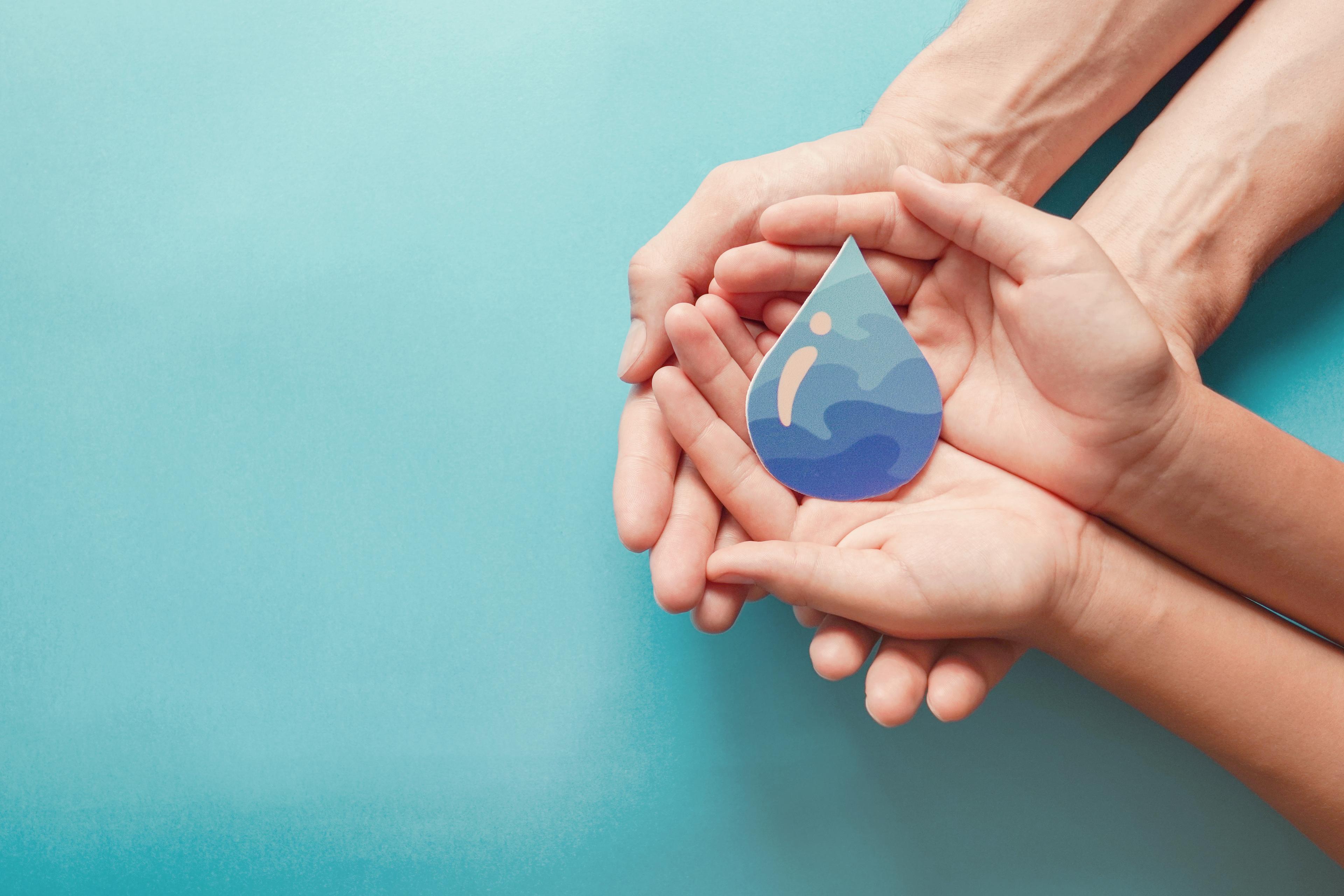
Mapping and addressing water risks and the smart use of water within the (marine) food, aquaculture, textiles and tourism sectors.
Why this project?
A VOKA survey revealed that a majority of businesses (70%) fear water shortages, but that most (90%) do not actually have a contingency plan in place yet. Moreover, some 80% cannot switch to an alternative water source and take preventive measures that significantly reduce water consumption in the short term. To rectify this, businesses must evaluate and adapt their water consumption because doing nothing comes at significant costs and risks.
But how can a company decide which measures are needed? The WATER BAROMETER tool is being developed as a potential solution. A business can use this tool to gain insight into its water management, the risks that come with the use of the water sources it uses and the availability of alternative water sources in the vicinity. Various measures are also proposed in which the business can invest to improve water management and reduce the risk of a water shortage. The company will be able to see at a glance which measures make the most sense. The focus is on alternative water sources, monitoring and digitisation. The applicable legislation will also be scrutinised.
Methodology and results
Smart WaterUse was a collective research, development and dissemination project (COOCK type), and a cross-sectoral (inter-cluster) project with the aim of identifying and reducing water risks within the (marine) food, aquaculture, textiles and tourism sectors.
Access to the project results
Knowledge and insights were compiled to produce a generic free online tool, the waterbarometer.be.
The Water Barometer is a tool that provides companies with an insight into their water management and proposes targeted optimisation actions based on a comprehensive water balance sheet. The digital map material behind the tool determines companies’ risks and opportunities regarding their water availability. Companies can use a cost-benefit analysis and the proposed actions to improve the efficiency of its water use, resulting in more sustainable water management. Specifically, this involves, for example, calculating scenarios for the use of alternative water sources. For example, which chain of technologies is needed to use the rainwater from a neighbouring business as process water and what will this cost? Where necessary, the tool positions and clarifies the legal framework for water management.
Target group
The results of this project focus on companies, both SMEs and large organisations, that are heavily dependent on water from the (marine) food, aquaculture, textile and tourism sectors. It doesn’t matter whether they are water-intensive businesses or whether the business consumes a high or low volume of water. More specifically, companies that are not yet (or not sufficiently) aware of their water management and have no idea which initial (drought) measures from this project will benefit them. However, through this project companies that already have a smart water management system will also discover new tools and technologies to implement.
In addition, water technology companies, which can provide solutions to water-dependent businesses, are also involved in this project.
The Water Barometer will give companies an idea of their vulnerability to water risks in a simple but reasoned manner. Through demos, workshops and networking events, the target companies and the water technology industry will not only get to know this tool, but also each other, to facilitate the implementation of water technology. Introducing water measures will decrease water risks, which can also be monitored and demonstrated using the Water Barometer. In economic terms, for companies, this can result in maintaining or increasing production, job retention or expansion and better environmental performance.
Water barometer
The water barometer is available for free at www.waterbarometer.be.
This short film demonstrates the possibilities:
Project partners
Flanders’ FOOD managed and coordinated the inter-cluster project.
The project was implemented by:
- De Blauwe Cluster
- CENTEXBEL
- VITO
- Watercircle.be
- Ghent University
- Fevia
- VLAKWA
